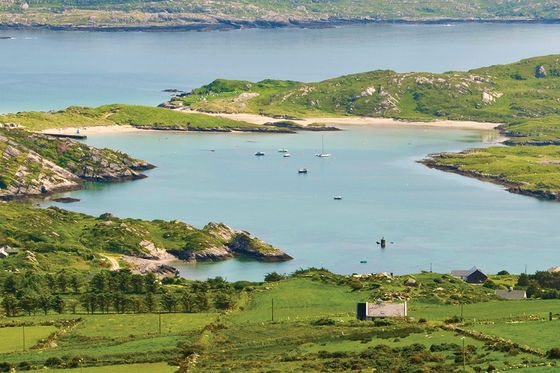4 Reasons to visit Mostar
A day in multicultural Mostar is the perfect introduction to the complex country of Bosnia and Herzegovina. Read on to see why a trip here is a must for any curious traveler.
Multicultural Mostar in Bosnia and Herzegovina is one of the most unique cities on the Balkan Peninsula in Southeastern Europe. Spending the day in this historic city, around fifty miles inland from the Croatian coastline, is the perfect introduction to the complex country of Bosnia and Herzegovina. Read on to see why a tour of Mostar is a must for any curious traveler.

1. Walking across the Old Bridge is a can’t-miss experience
The most famous landmark in Mostar is the Old Bridge, or Stari Most, which spans the Neretva River. Originally built in the 16th century and quite advanced for its time, this stunning stone archway was masterfully constructed by Ottoman architects. Look out for a smaller bridge in the Old Town, made as a test before its more impressive, neighboring arch was built.
After its destruction in 1993 due to conflict, the bridge has since been rebuilt using its original construction methods with the help of funds from the international community. Today, the UNESCO-protected site stands for the reconciliation and cooperation between cultures and communities. A walk across the steep, ancient bridge evokes Mostar’s past while offering sweeping views of the surrounding valley.
2. You’ll encounter remnants of its complex history
Mostar has long been a point of intermingling between people of many cultures and religions: Muslims, Christians and Jews. Having been under the rule of the Ottoman, then Austro-Hungarian Empires, Bosnia and Herzegovina became part of the former Yugoslavia after World War II. After the country declared independence in 1992, fighting between different ethnic groups, including Serbs, Croats and Bosniaks, during the Bosnian War devastated the city.
Today, Mostar continues to heal from these recent conflicts. Certain areas, like the Old Town, have been revitalized, while others are still in the midst of being rebuilt. You’ll pass remains of buildings—homes, stores, places of worship and more—outside of the central part of town. The community is welcoming of visitors and local guides are eager to share the city’s history as well as personal stories of their own experiences.

3. The Ottoman influence is ever-present
While the nearby Balkan cities of Dubrovnik, Split and Sarajevo may be more familiar to travelers, Mostar has been at a cultural crossroads for hundreds of years. From the 1400s to 1800s, it was ruled by the mighty Ottoman Empire. Several minarets dot the city skyline, hinting that the culture from this time period still endures.
Throughout the city, there are many opportunities for learning more about the Bosniaks, or Bosnian Muslims, who make up part of Mostar’s population. You can step inside one of the beautiful mosques or visit a 17th century house, where you’ll get a glimpse of how wealthy Ottomans used to live. Middle Eastern influence can especially be felt at the colorful market that lines the main street of the Old Town. Reminiscent of a Turkish souk, the stalls are full of locals selling everything from jewelry and paintings to ceramics and other handmade trinkets. Explore the winding streets by foot and strike up a conversation with the artists and craftspeople about how they’ve produced their goods—many are more than willing to share.

4. The cuisine is diverse—and delicious
The blending of Eastern and Western cultures over time means that there is an impressive variety of food and drink to be found at the restaurants and cafes of Mostar. Here are a few typical dishes to sample when you visit Mostar:
Ćevapi
These grilled sausages are a signature dish of the Balkans. They’re often served with a freshly baked pita bread and ajvar, a red pepper and garlic relish.
Burek
This doughy, spiral pastry can be found at many bakeries. You can find it filled with meat, cheese or vegetables.
Dolma
Made with rice, vegetables and sometimes meat, these stuffed grape leaves can be served hot or cold.
Bosanska kahva
While Bosnian coffee is traditionally as strong and thick as Turkish coffee, it’s prepared and served slightly differently.**
There are many experiences to be had in this city that’s unlike any other in Europe. Why would you like to visit Mostar?**
















































































